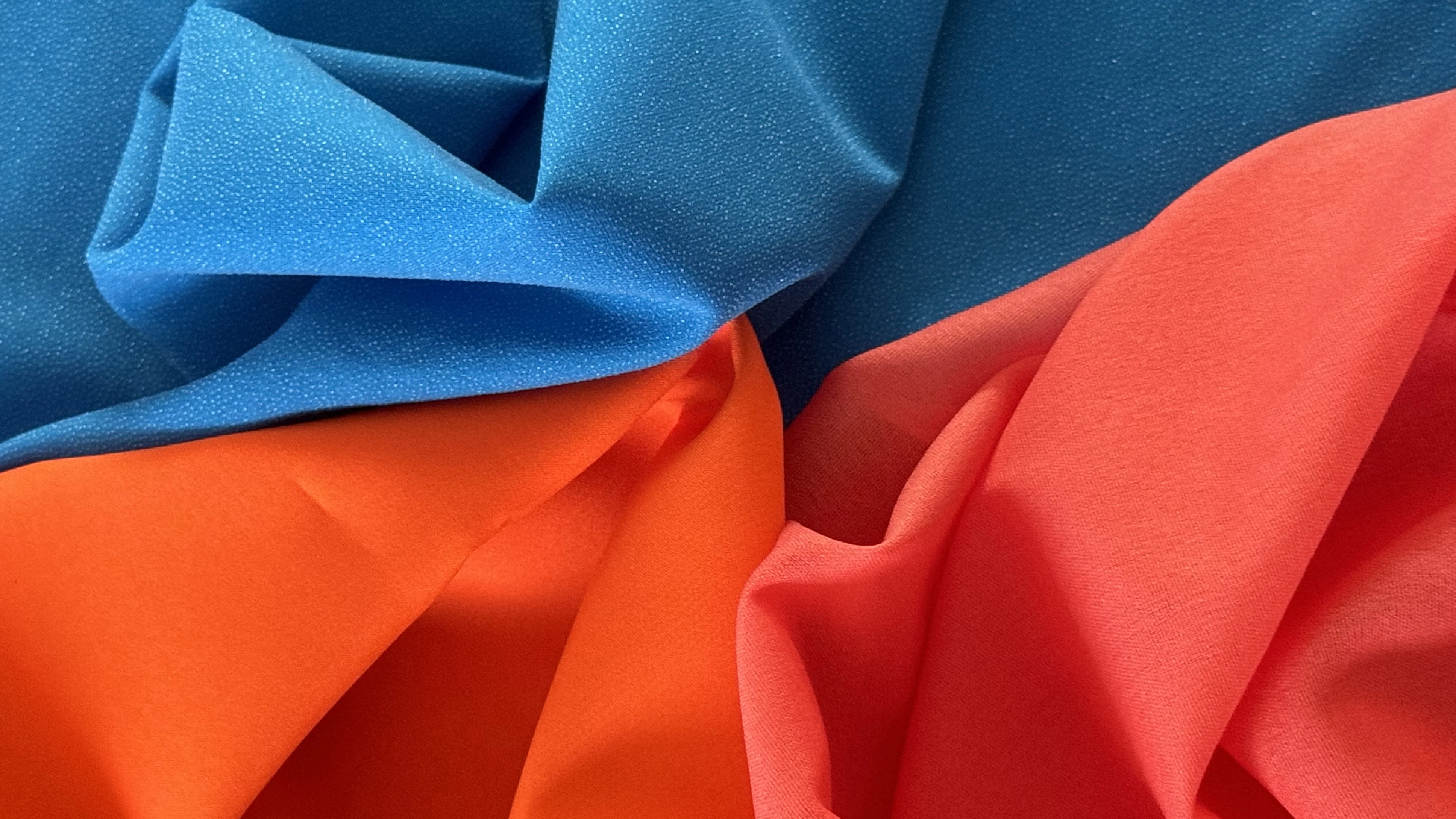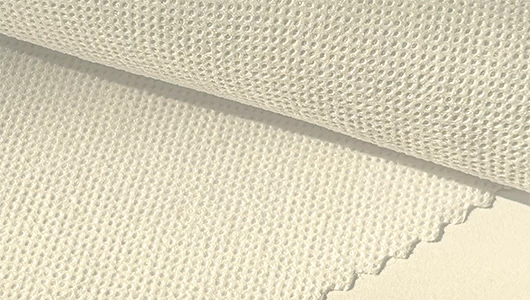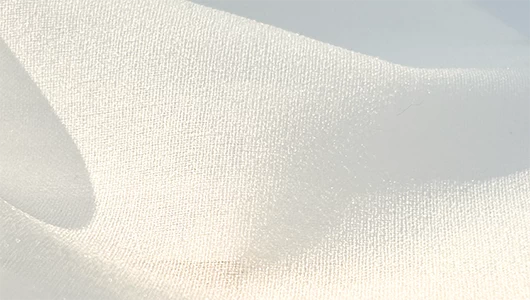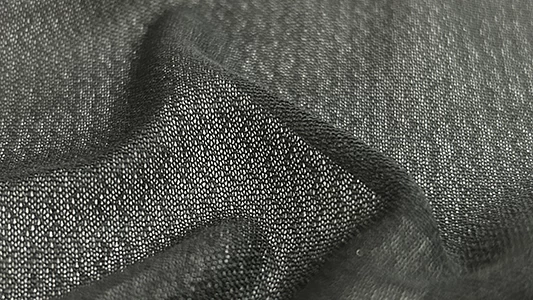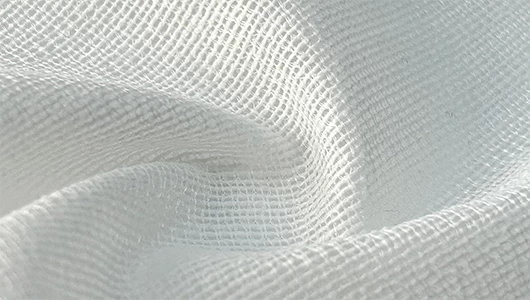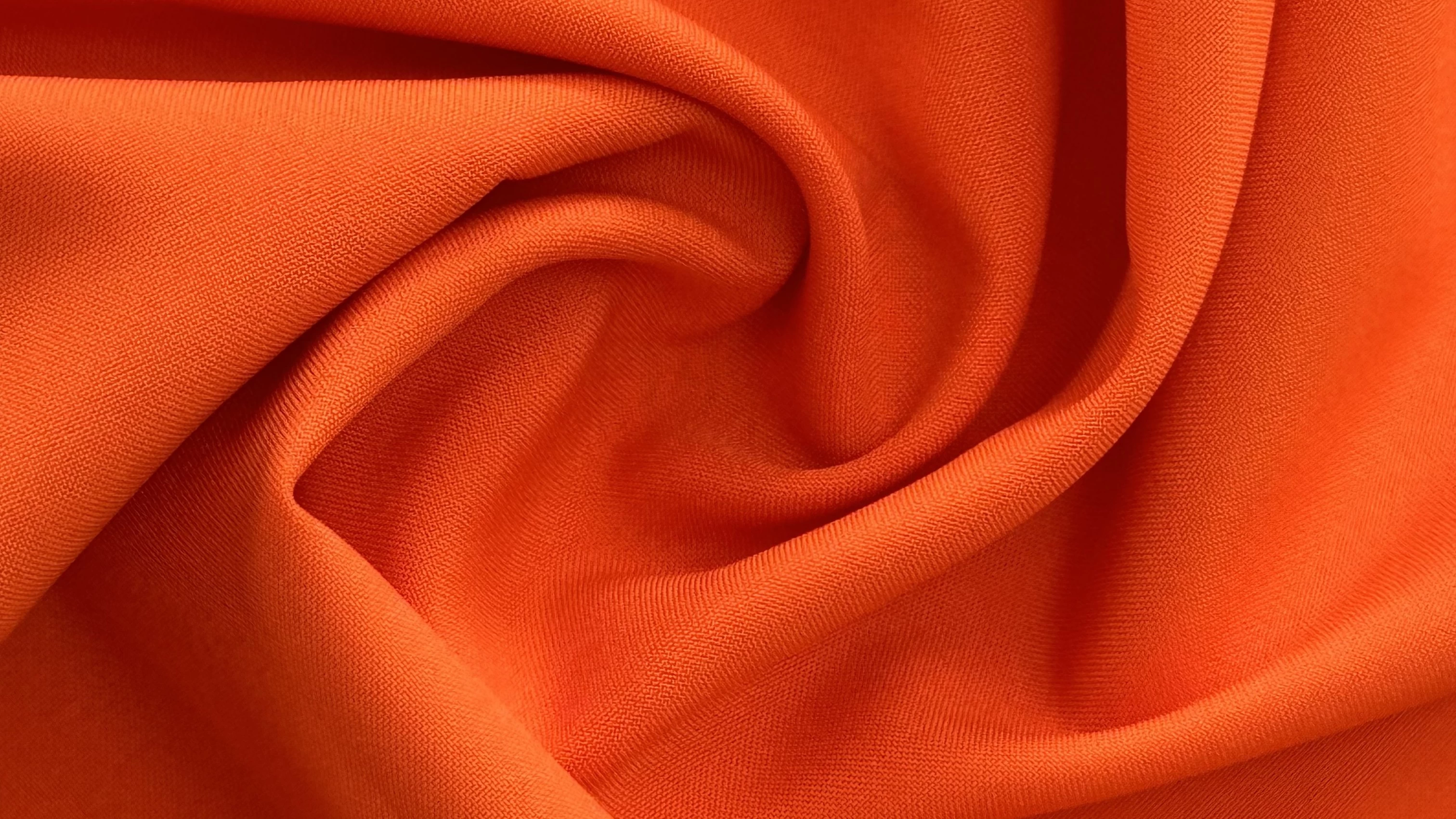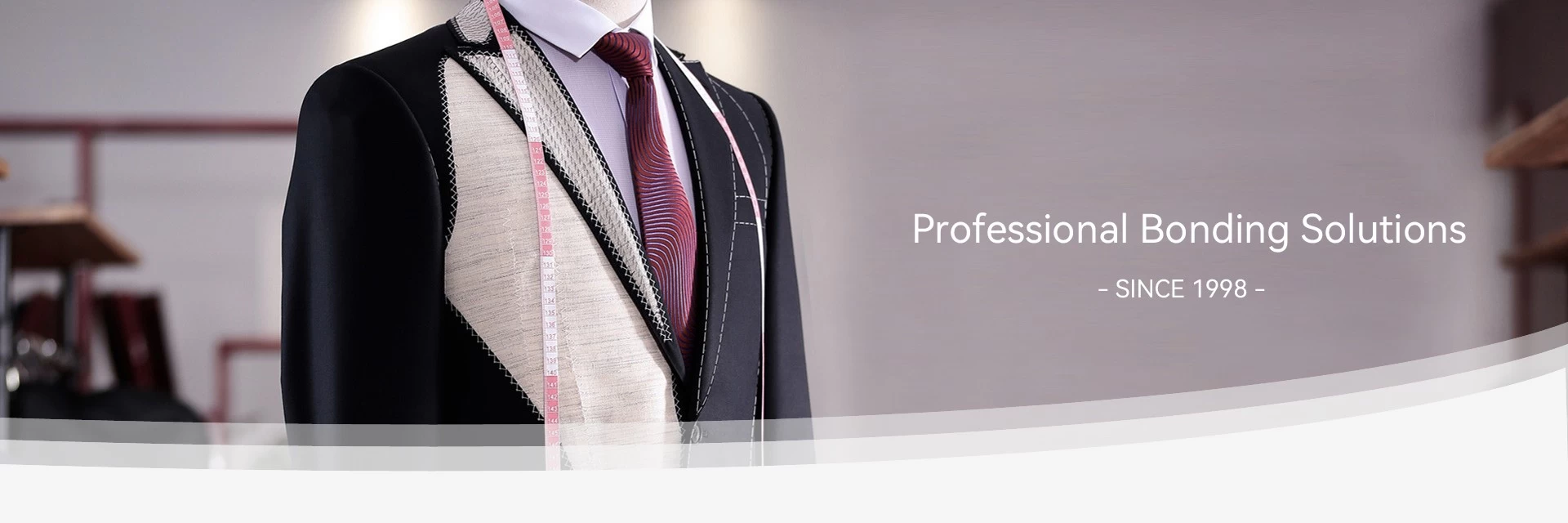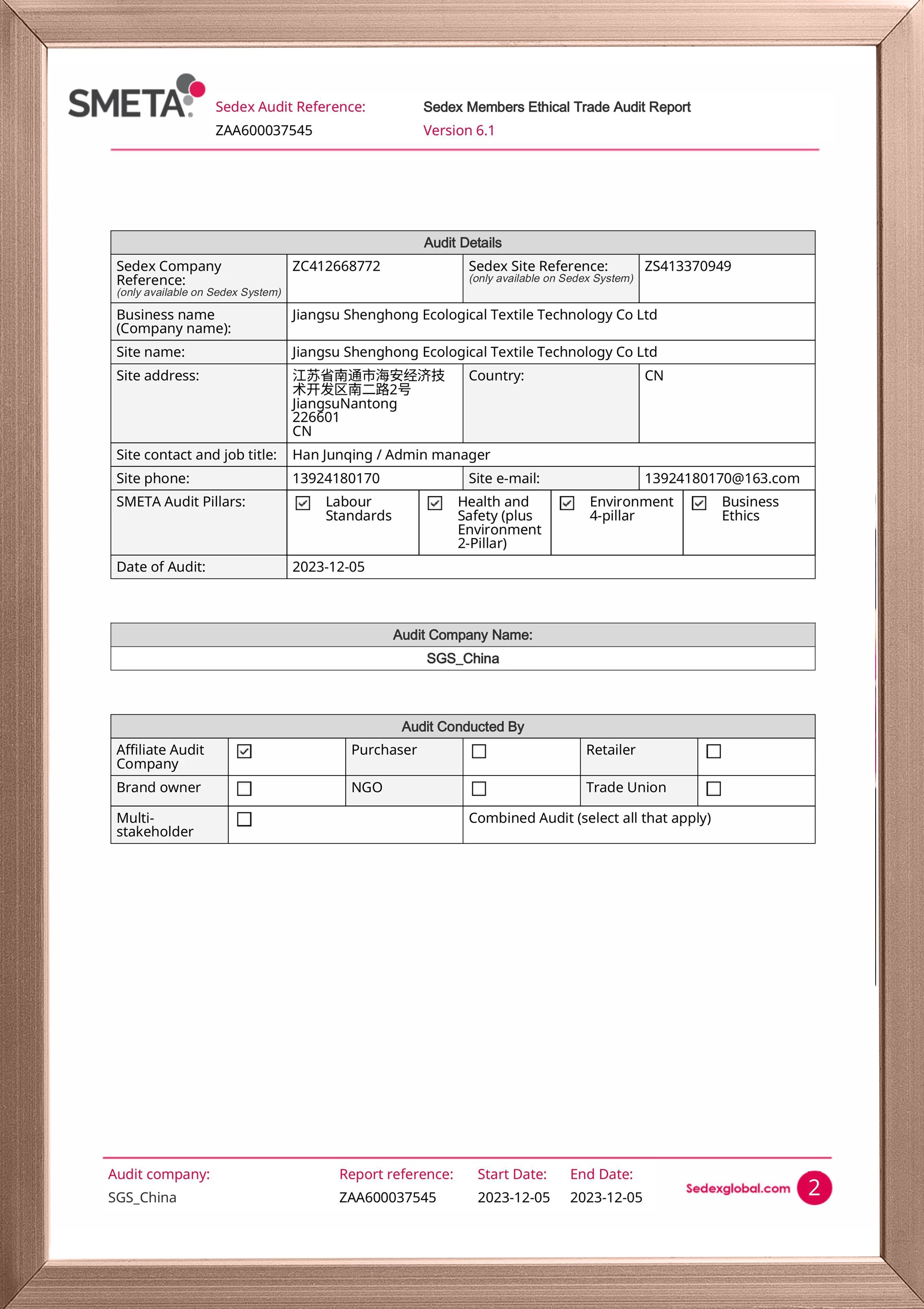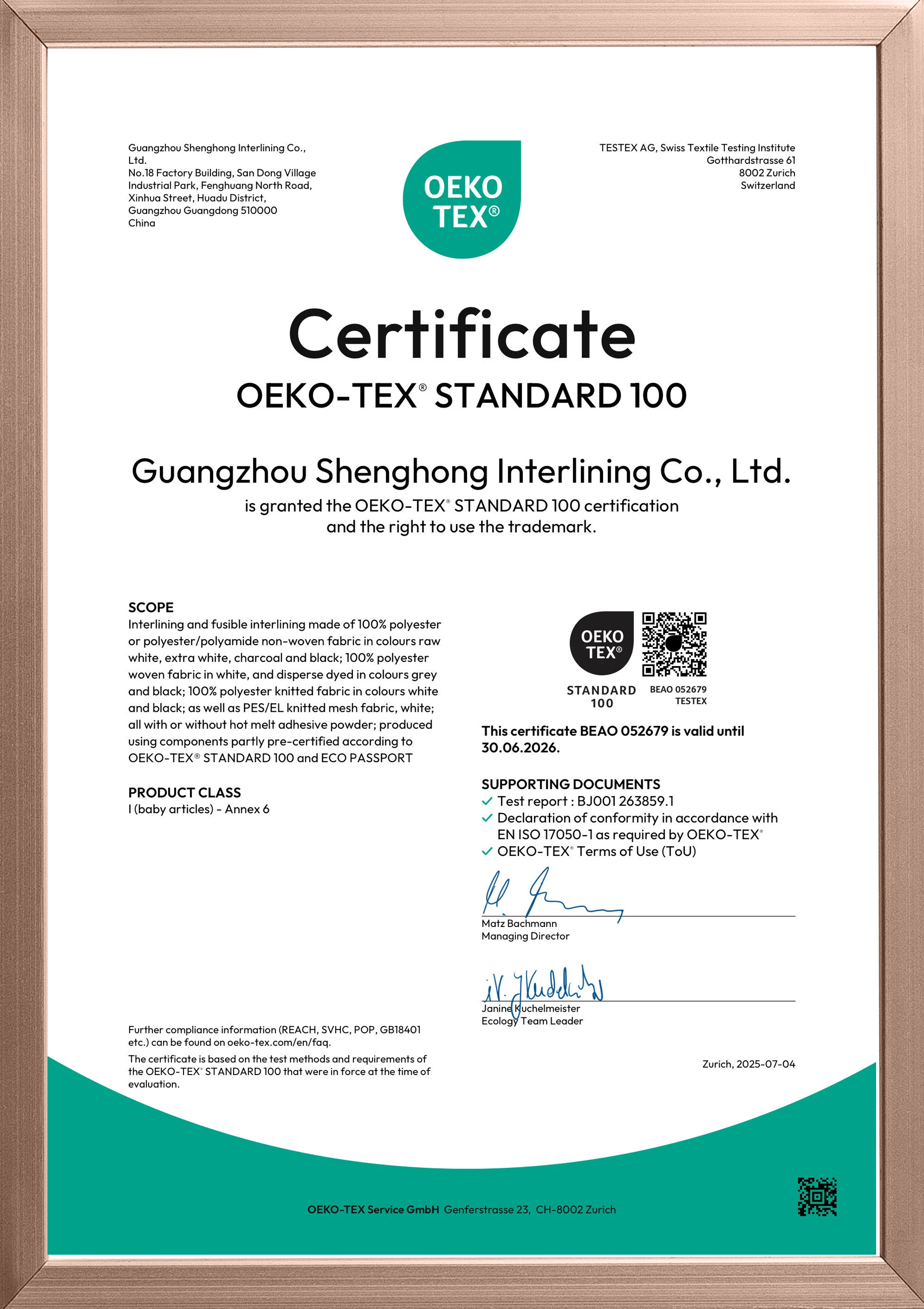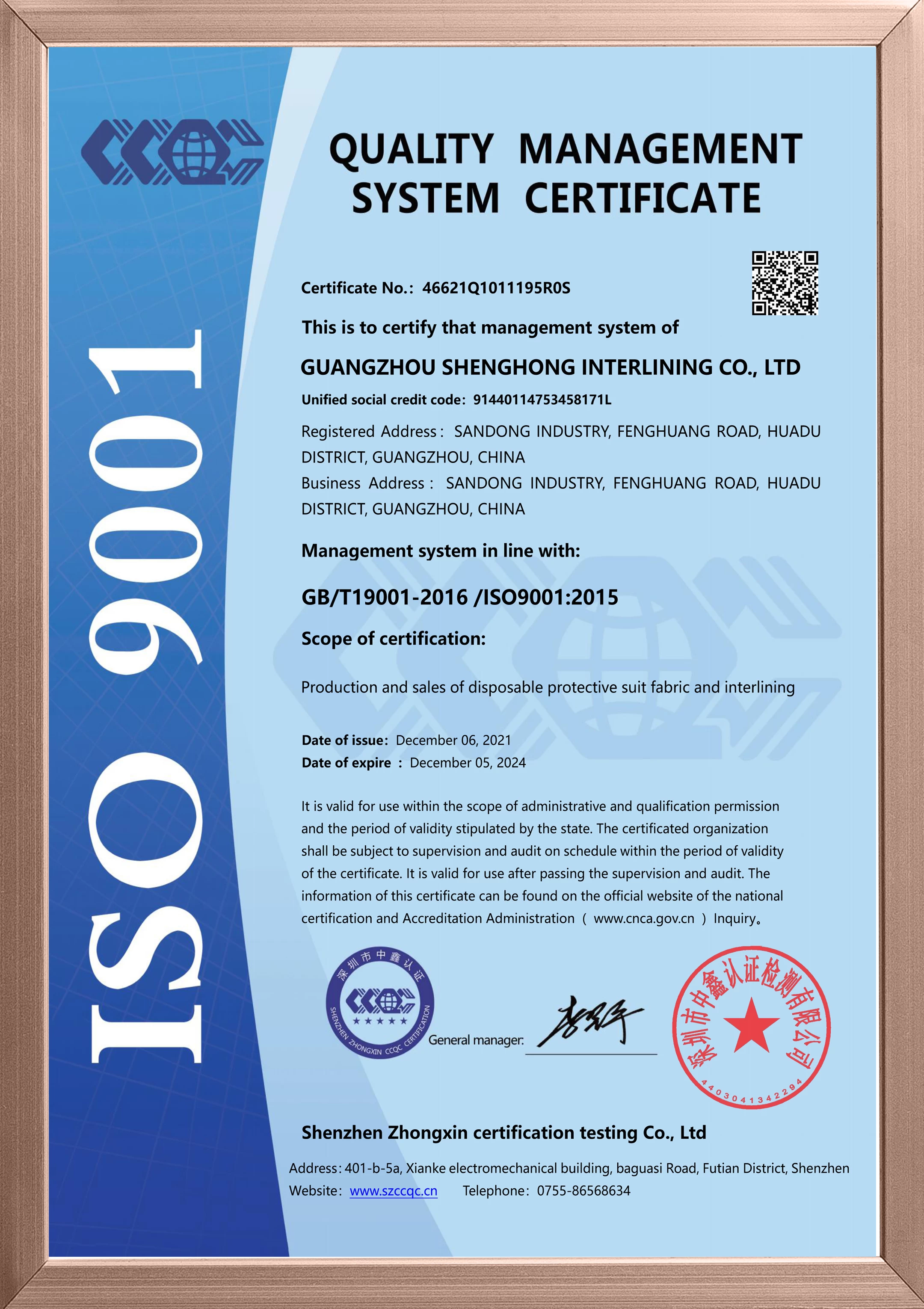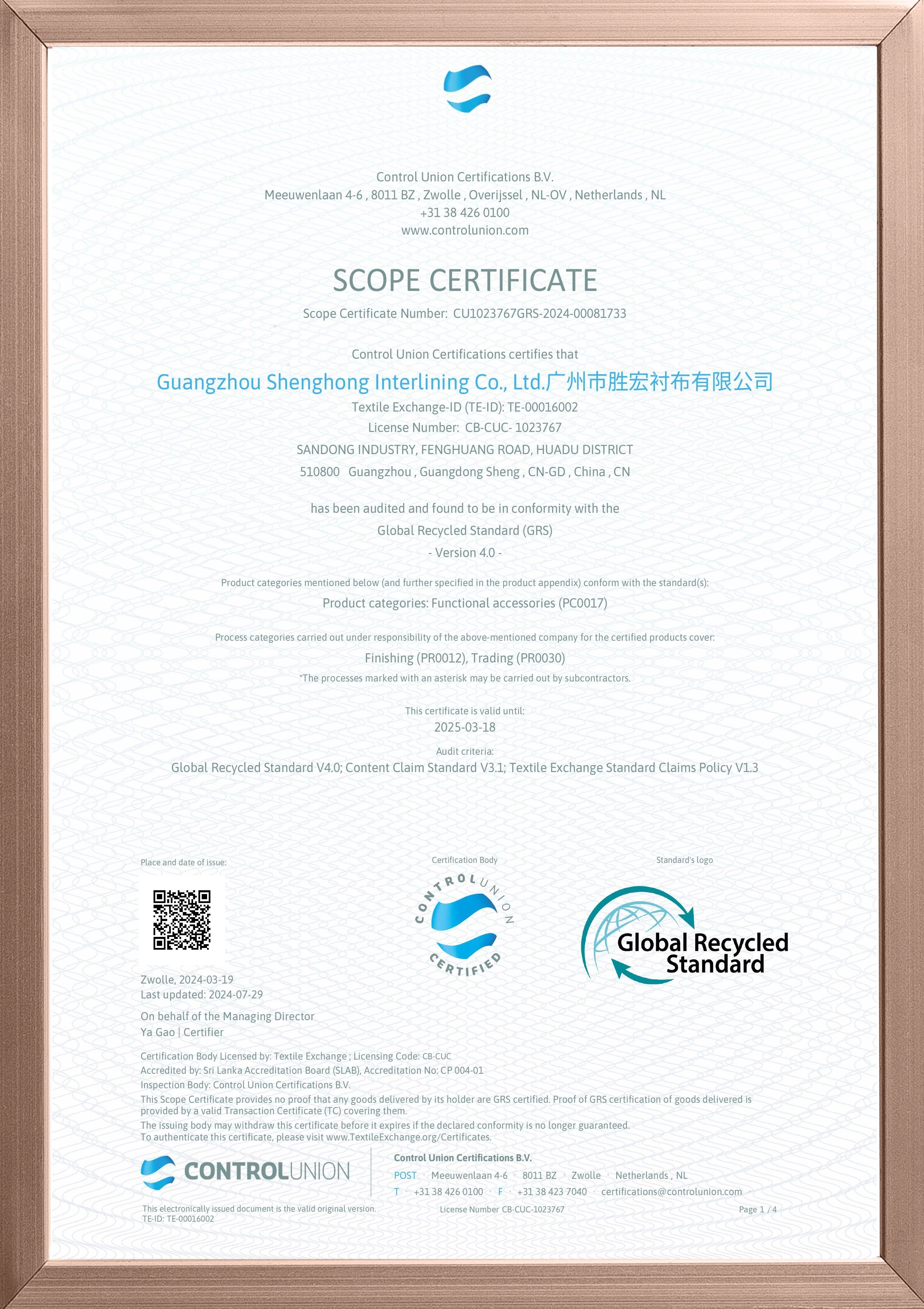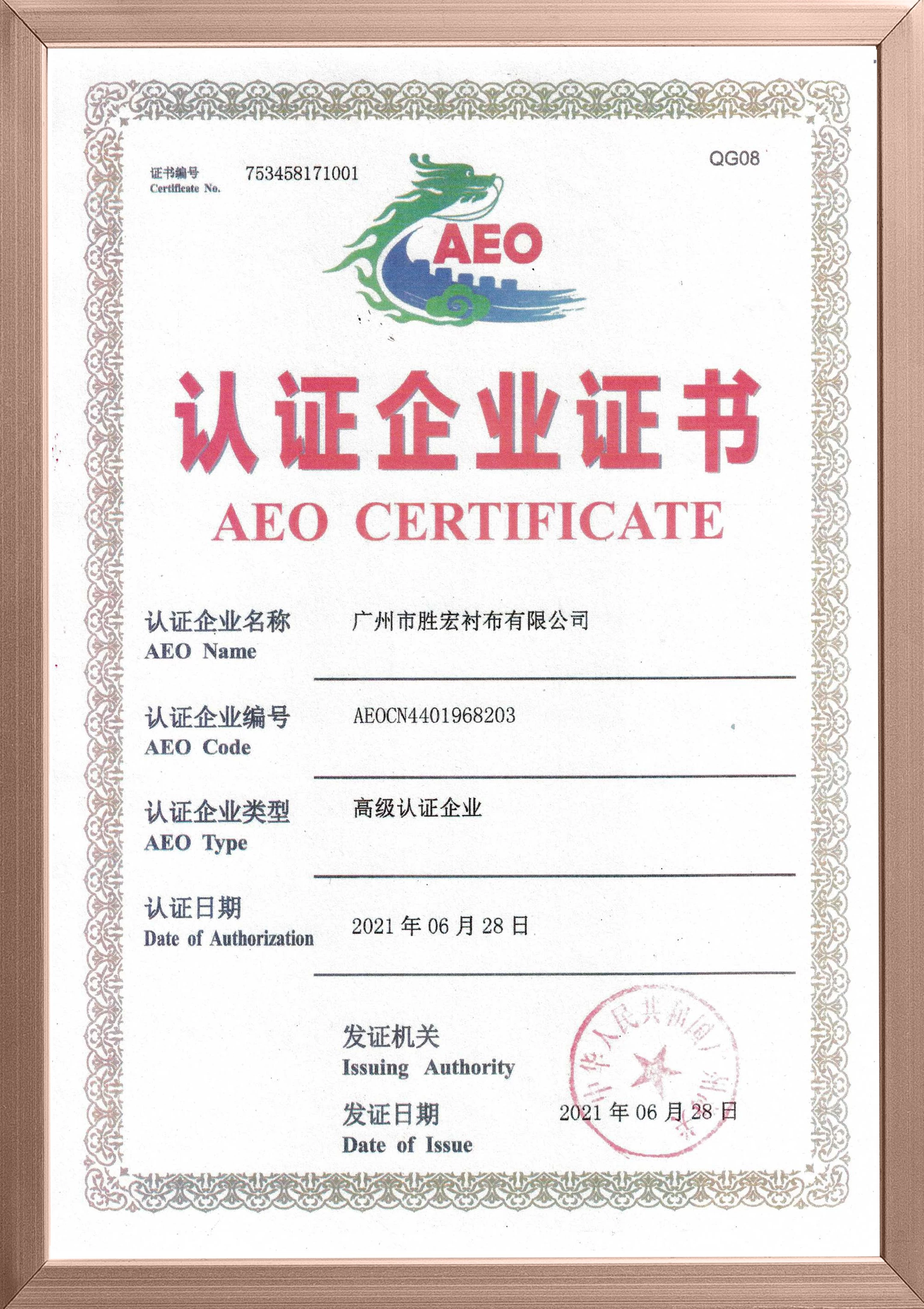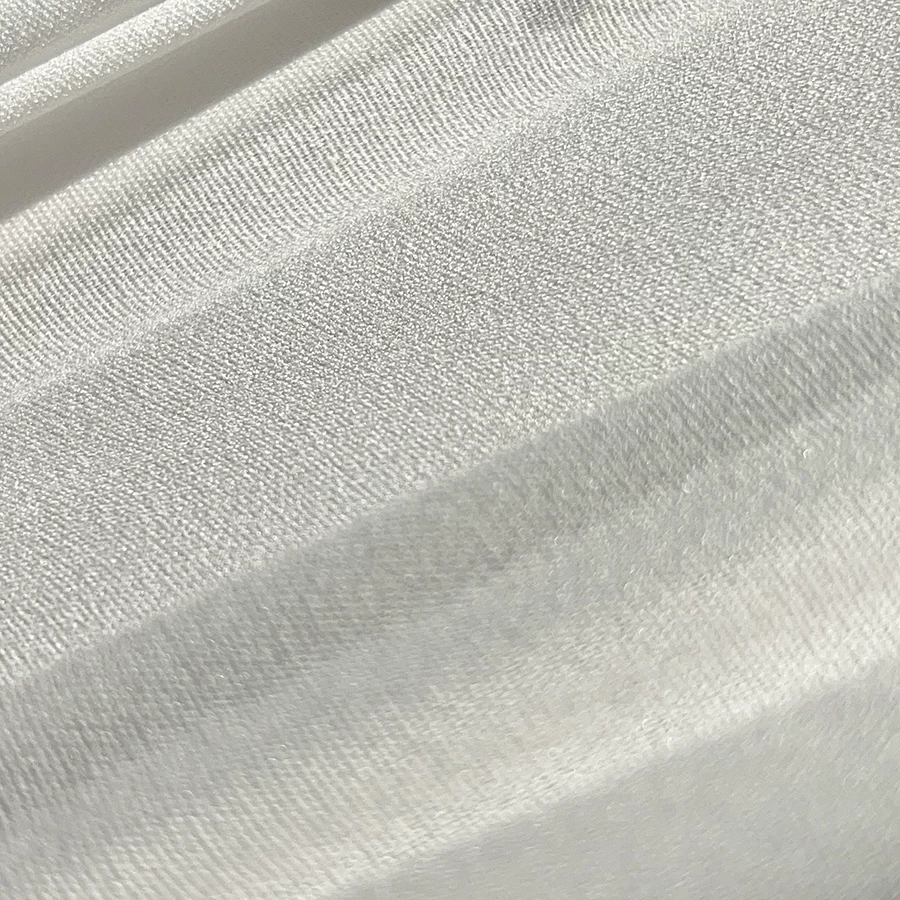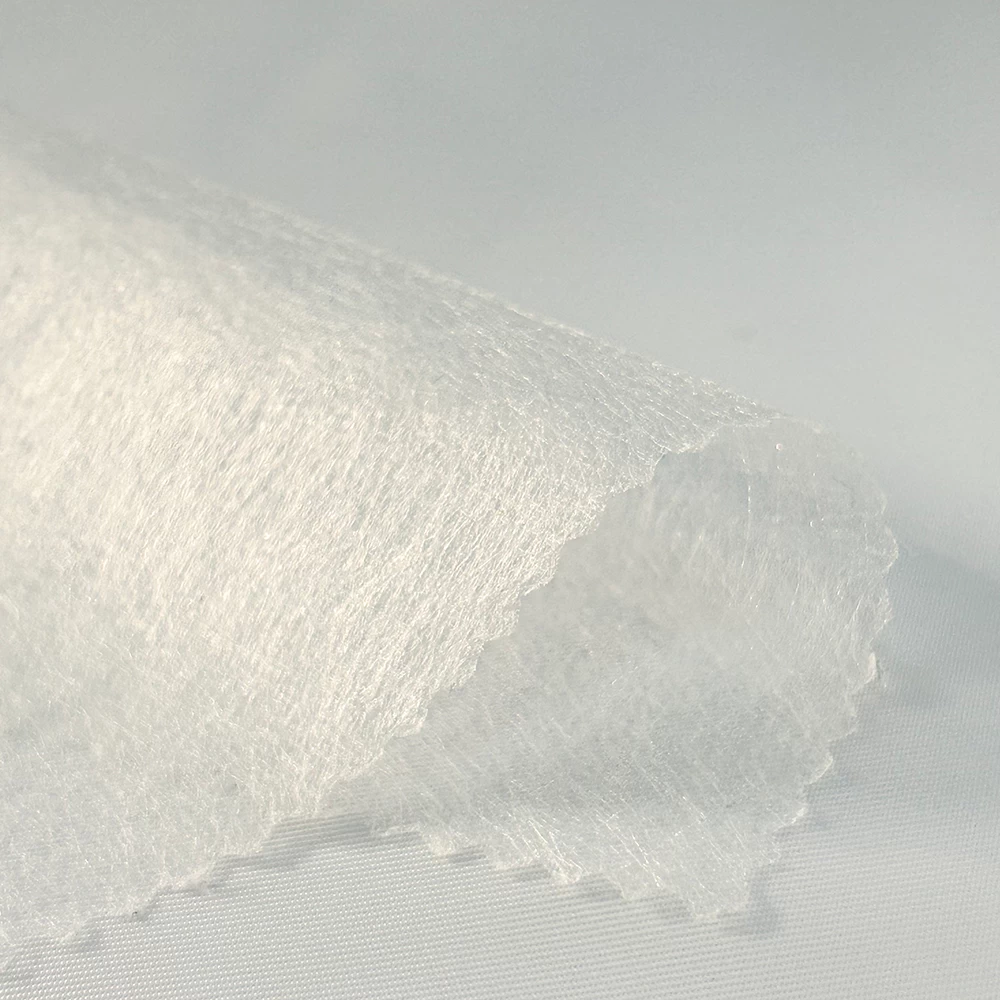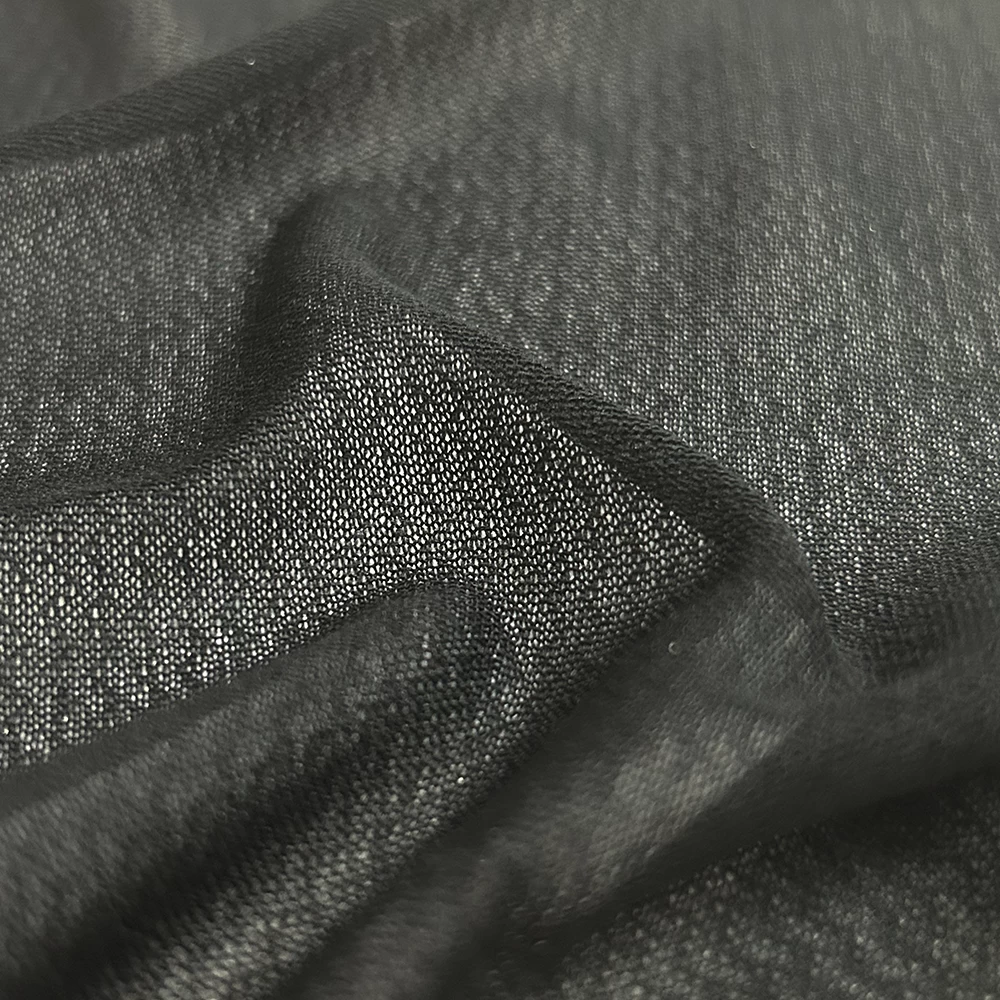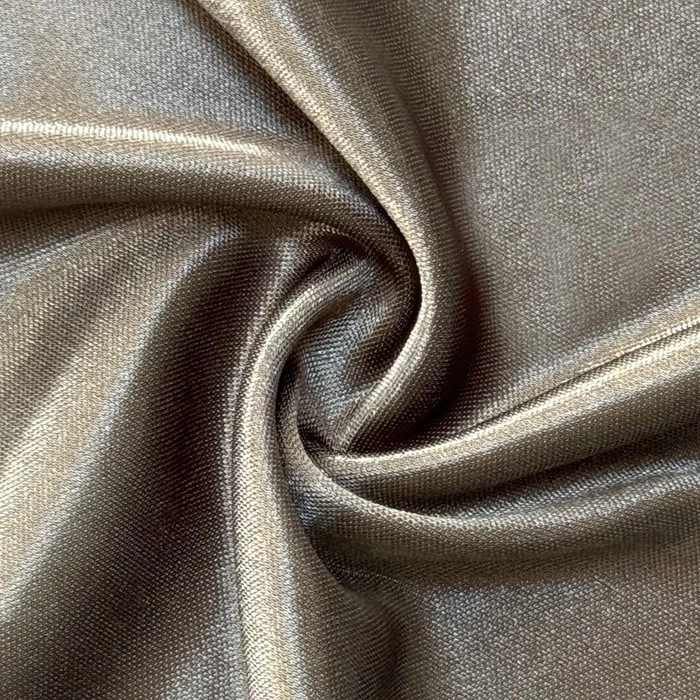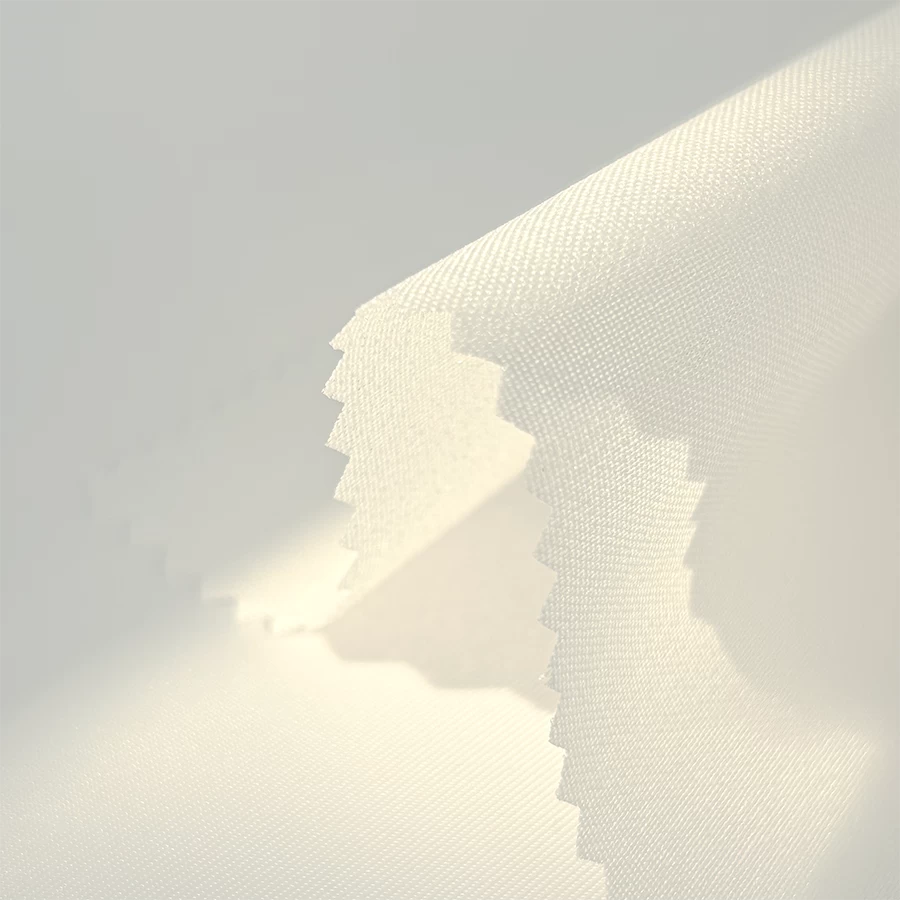Waist lining purchase full strategy: how to choose the right waist lining according to the style and fabric?
Waist lining selection need to consider the clothing style and fabric characteristics, slim models should choose light elastic waist lining, modeling models need to be stiff support; fabrics with soft and thin light waist lining, heavy fabrics choose strong support. When sewing, pay attention to the size matching, stitching uniformity, to ensure that the fit curve. Waist lining enhances the shape and durability of the garment and is the key to a quality wearing experience.
Tips for selecting and applying waist lining. China shenghong Waist Lining factory
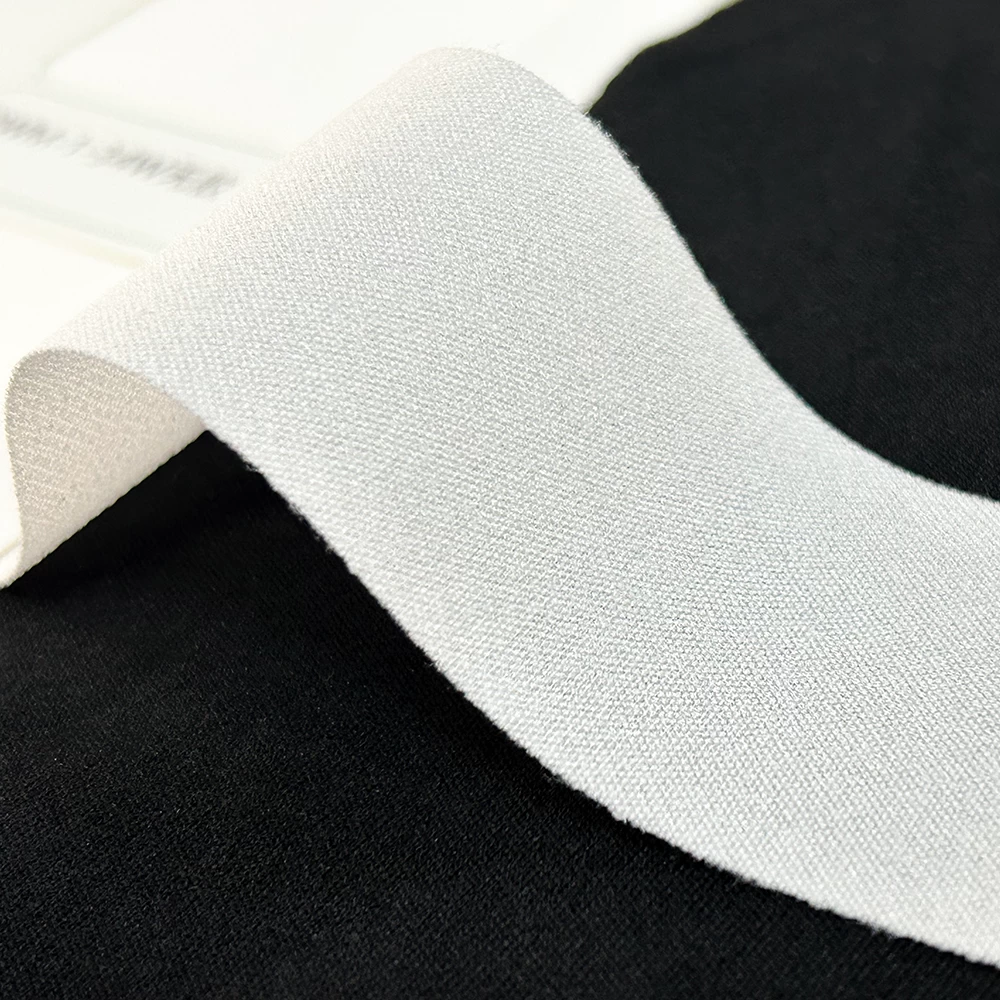
First, according to the clothing style selection
Different garment styles have different requirements for waist lining. For simple, slim styles, such as slim jeans, straight dresses, etc., you should choose a thin, soft and flexible waist lining, which ensures the fit of the waist and does not affect the overall simplicity of the garment. For some complex shape or need to emphasize the waist of the three-dimensional sense of clothing, such as court-style skirt, with pleated design of the top, etc., you need to choose a higher degree of stiffness of the waist lining, to help shape a unique shape. In casual wear, the choice of waist lining can pay more attention to comfort and breathability, while in formal wear, more emphasis should be placed on the stiffness and durability of the waist lining. Waist lining manufacturers in China
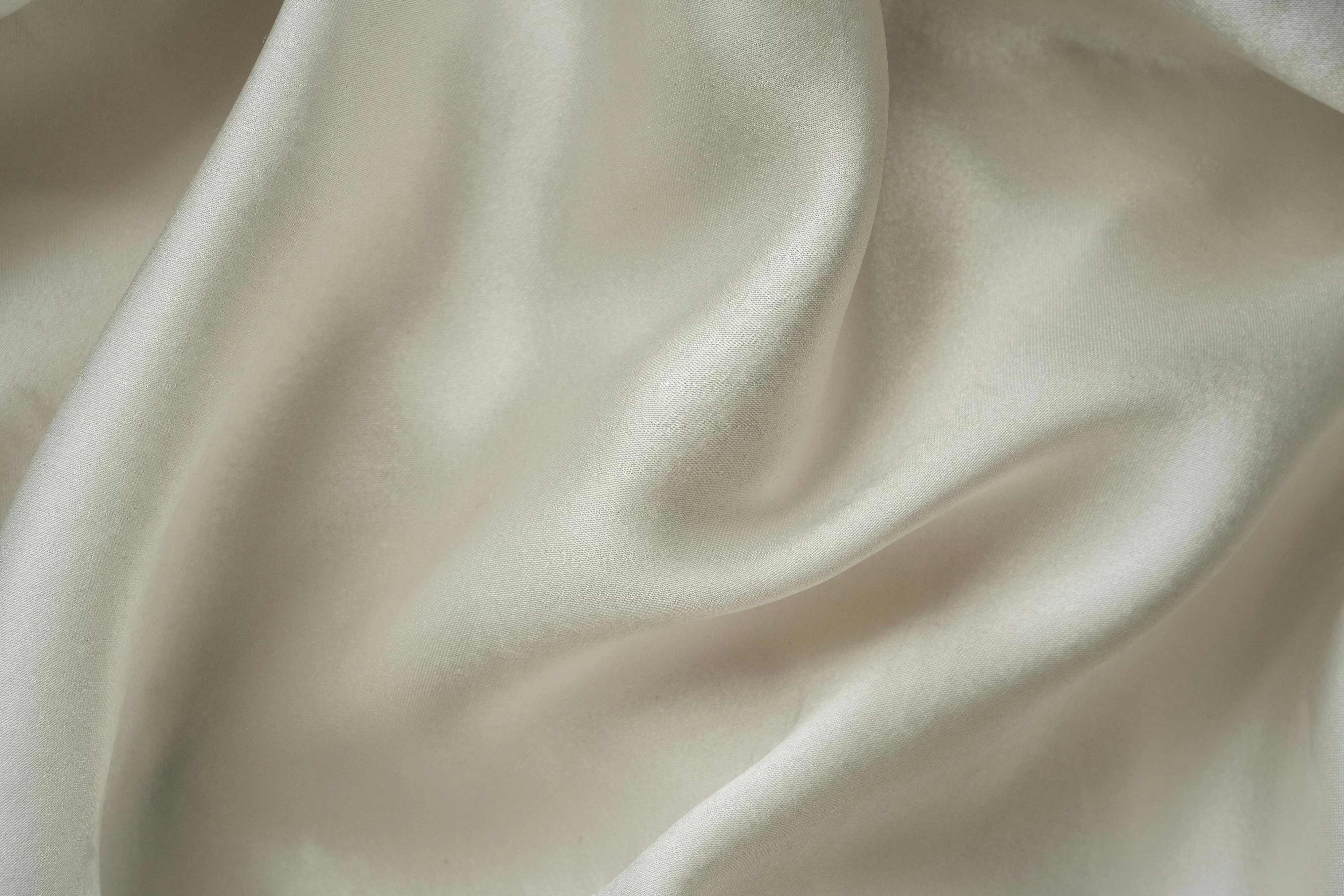
Second, according to the characteristics of the fabric selection
The characteristics of the fabric is also an important basis for choosing the waist lining. If the fabric texture is soft, light, such as silk, chiffon, etc., should be matched with light and soft waist lining, so as to avoid the weight and hardness of the waist lining to affect the natural drape of the fabric. For hard, heavy fabrics, such as tweed, denim, etc., you need to choose the appropriate thickness and strength of the waist lining to match, to ensure that the support of the waist can be balanced with the weight of the fabric. At the same time, but also consider the compatibility of the fabric and waist lining, to avoid too large a difference in material between the two and lead to wrinkles, delamination and other problems in the wearing process.
Sewing and installation of waist lining
When sewing the waist lining, make sure that the waist lining matches the size of the waist of the garment accurately to avoid oversize or undersize. An oversized waist lining will result in a bulky, uneven waist, while a too-small waist lining will not provide adequate support. During the sewing process, the stitches should be even and fine to ensure that the waist lining is firmly combined with the garment fabric. For some waist designs that require special modeling, such as curved waist, high waist, etc., the waist lining should be cut and shaped appropriately according to the design requirements to make it fit the waist curve better. When installing the waist lining, attention should also be paid to the front and back of the waist lining to ensure that the front side is facing the inside of the garment to ensure aesthetics.
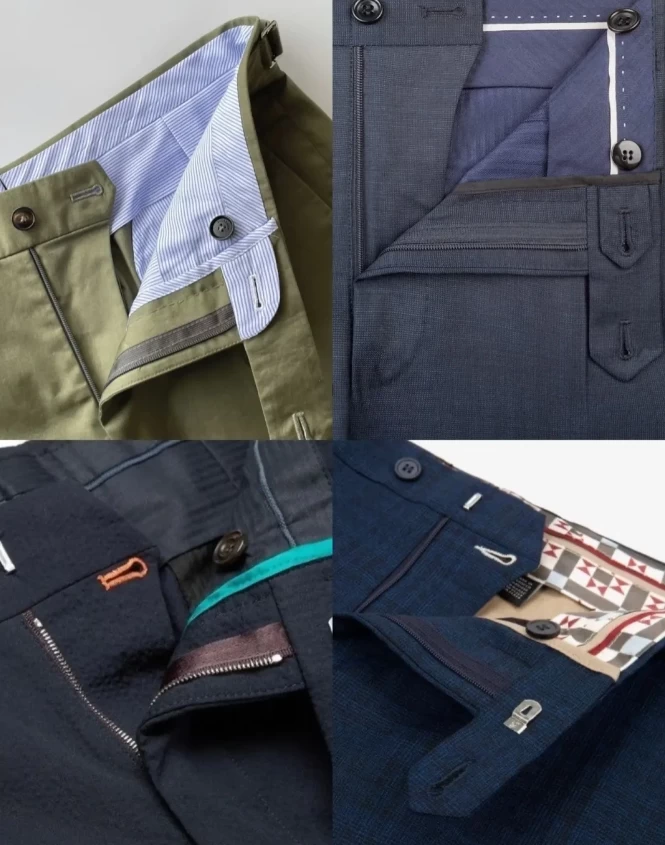
Waist lining, a seemingly insignificant part of a garment, plays a significant role in the quality and wearing experience of a garment. From enhancing the shape of a garment to increasing its durability, from a wide range of options to clever application techniques, waist lining has a unique way of adding to the appeal of a garment. Whether you are a fashion designer or a consumer, understanding the mysteries of waist lining can help you create and select better, more comfortable and more aesthetically pleasing garments, so that every garment looks its best at the critical waist area. In the future development of apparel, waist lining will continue to evolve and innovate with the advancement of material science and design concepts, and continue to contribute its power to the world of apparel. China professional production of waist lining manufacturers

